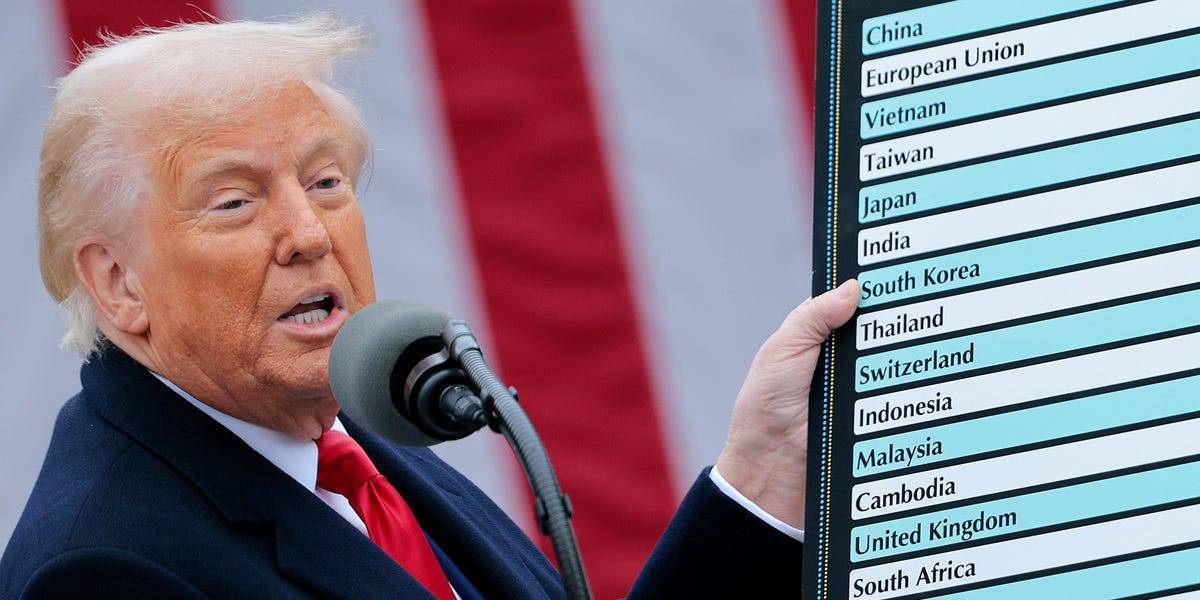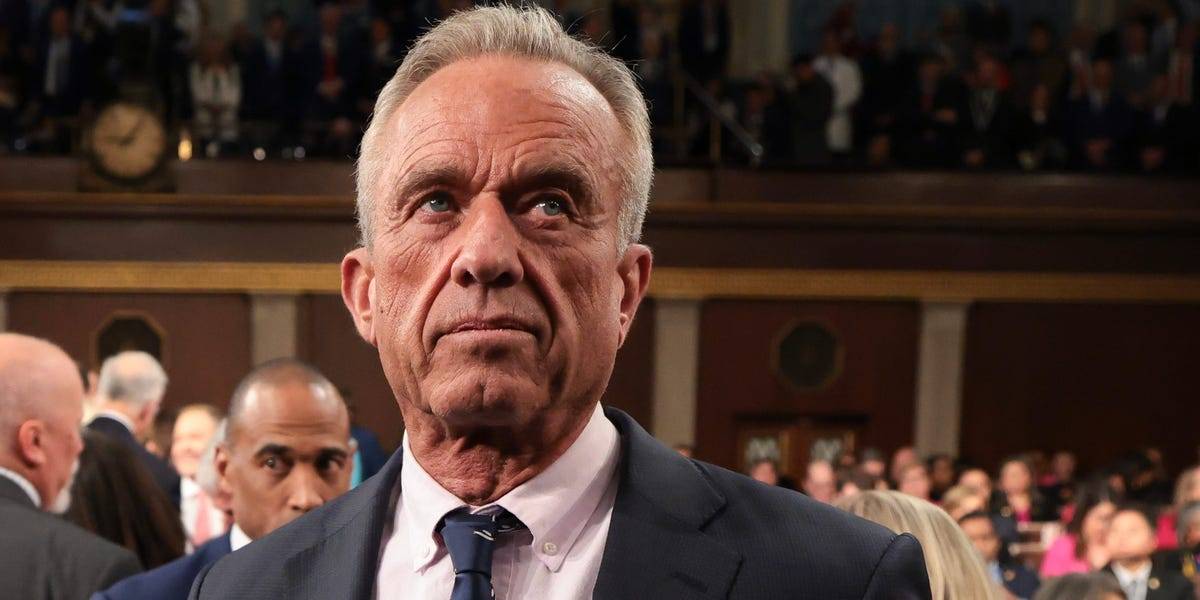Global Markets Brace for Potential Trade War as Nations React to Trump’s Tariff Threats
Financial markets worldwide are showing signs of volatility as countries begin formulating responses to former President Trump’s proposed blanket tariffs. Trump recently declared his plan to implement a 10% universal tariff on all imported goods if he returns to office, with potential 60% duties specifically targeting Chinese products. He dramatically dubbed January 20, 2025 as “tariff liberation day,” signaling a potential major shift in global trade dynamics.
The announcement has already triggered diplomatic maneuvers across multiple continents. European Union officials have begun quiet contingency planning, with internal documents revealing preparation for possible retaliatory measures. “We must be ready to defend European economic interests while maintaining dialogue channels,” said a senior EU trade official who requested anonymity due to the sensitivity of ongoing discussions.
Market Reactions
Markets hate uncertainty, and this latest development has injected significant unpredictability into global economic forecasts. The S&P 500 experienced modest declines following Trump’s statements, while the dollar strengthened against a basket of major currencies. Commodity prices, particularly for aluminum and steel, saw upward pressure as traders factored in potential supply chain disruptions.
China, potentially facing the steepest tariffs, has responded with measured diplomatic language while simultaneously accelerating efforts to reduce dependency on U.S. markets. “China advocates for mutually beneficial trade relations based on respect and reciprocity,” stated a Chinese Commerce Ministry representative. Behind the scenes, however, Beijing has reportedly instructed key industries to prepare contingency plans for reduced access to American consumers.
Economic Impact Concerns
Economic analysts have raised concerns about inflationary pressures resulting from broad tariff implementation. Research from the Peterson Institute for International Economics suggests universal tariffs could increase consumer costs by 0.3% to 0.5% annually. “Tariffs function essentially as a tax on American consumers,” explained Dr. Margaret Chen, international trade economist at Columbia University. “When companies face higher import costs, those expenses typically get passed down to everyday shoppers.”
Small Business Perspectives
Small business owners across the United States express mixed reactions to the tariff proposals. Sarah Jennings, who owns a home goods retailer in Ohio, worries about supply chain disruptions. “We’re just recovering from pandemic-related shortages. New tariffs would force me to raise prices or cut staff,” she explained. Meanwhile, James Wilson, a Pennsylvania steel fabricator, believes tariff protection could help domestic manufacturers compete. “For decades, we’ve watched foreign competitors undercut us with government-subsidized products,” Wilson noted.
Historical data from previous trade disputes suggests mixed outcomes from protective tariffs. During the 2018-2019 trade tensions, U.S. manufacturing employment showed modest gains in protected sectors but overall economic growth slowed as input costs rose and retaliatory measures limited export opportunities. The Federal Reserve estimated those tariffs cost the average American household approximately $831 annually.
North American Trade Relations
Canada and Mexico, America’s largest trading partners under the USMCA agreement, face particular uncertainty. Canadian Prime Minister Justin Trudeau emphasized the integrated nature of North American supply chains during recent public remarks. “Our economies are deeply intertwined. Disrupting this relationship hurts workers and businesses on both sides of the border,” Trudeau said at a Toronto economic forum last week.
Investment Strategies
Financial institutions have begun advising clients to diversify investments across multiple markets to hedge against trade-related volatility. JPMorgan’s latest global market strategy report recommends increased exposure to domestic-focused companies less vulnerable to import restrictions. “Companies with primarily U.S.-based supply chains








